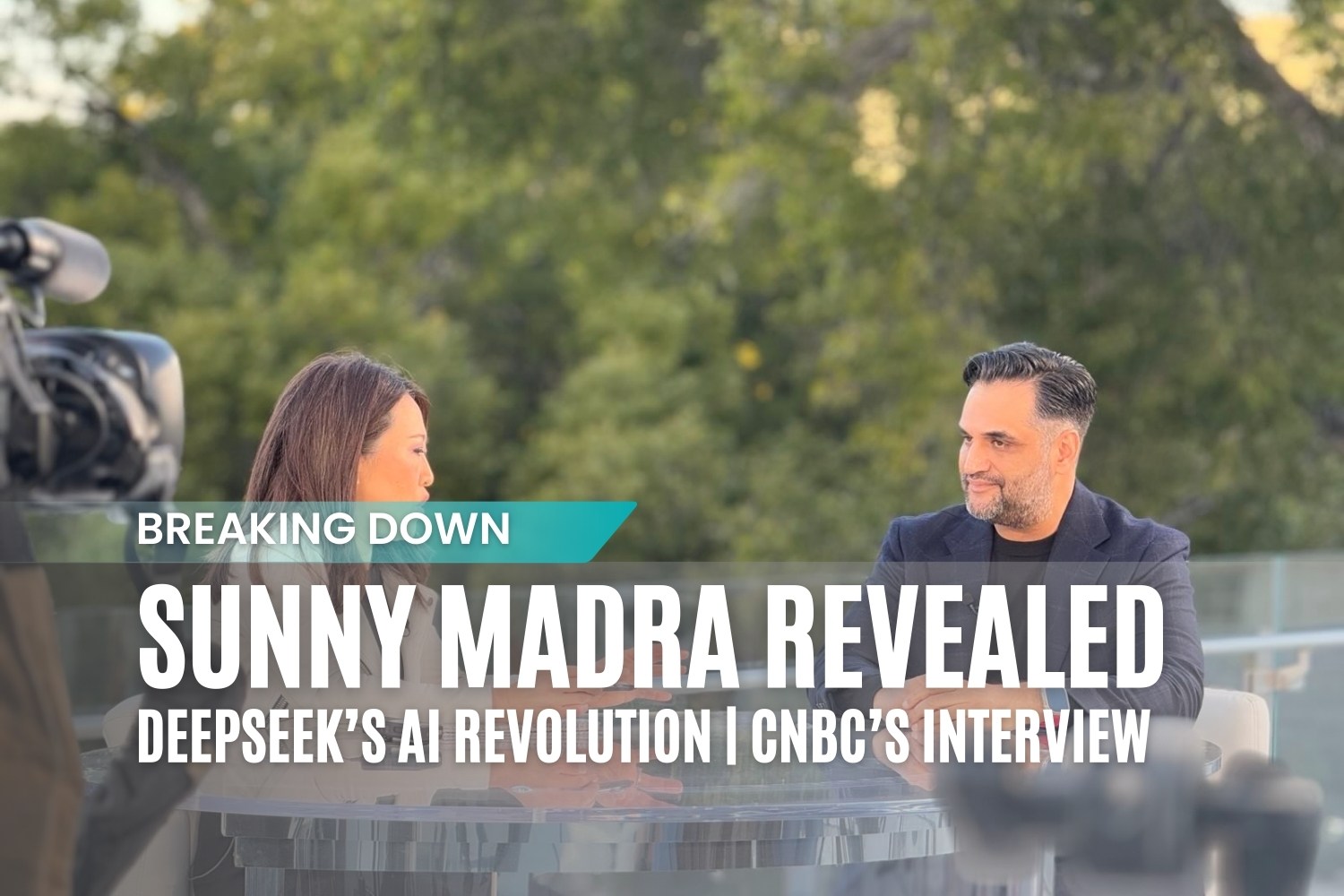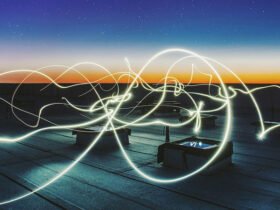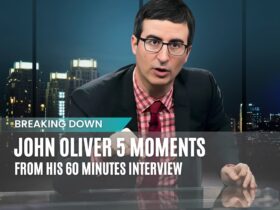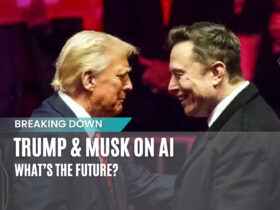I’ve been following AI for years, and I can’t remember a moment quite like this. DeepSeek’s AI launch isn’t just another industry update—it feels like we just jumped into the future. CNBC’s Melissa Lee sat down with Sunny Madra, COO of Groq, to unpack what this means for AI’s future, the market, and the global tech race.
From the start, Madra was clear: the market’s reaction was exaggerated. Instead of viewing DeepSeek as a disruption, he sees it as an accelerator—an event that could drive AI adoption forward for businesses, researchers, and even AI hardware companies like Groq.
“We Just Jumped 18 Months Forward” – Madra on DeepSeek’s Disruptive Impact
Madra didn’t hold back in describing DeepSeek’s impact. “It feels like we just jumped 18 months into the future,” he said, explaining how the new model eliminates many of the barriers that had slowed AI adoption.
Companies no longer have to wait years to deploy powerful AI models. DeepSeek’s approach is rewriting the rules on how AI is built and accessed. Instead of requiring billion-dollar investments, businesses now have an open-source, lightweight, and low-cost alternative that delivers results without needing high-end hardware.
This isn’t just another ChatGPT competitor—it’s a signal that AI is evolving faster than expected.
Madra on the AI Trade: “This Isn’t a Setback, It’s an Acceleration”
If AI is becoming more affordable and accessible, what does this mean for the industry’s biggest players? Many assumed DeepSeek’s success would undercut the AI trade, but Madra sees the opposite happening. “The AI trade wanted to see this,” he explained. Businesses that had been waiting to see real returns on AI investments may now get them much sooner than expected.
For Meta, this could be a defining moment. Their open-source Llama models are already gaining traction, and now, DeepSeek’s success could further strengthen the open AI movement. If Meta capitalizes on this shift, they could establish themselves as a dominant force in the evolving AI landscape.
For startups, this changes everything. DeepSeek proves that a billion-dollar budget isn’t required to build world-class AI—just a smart team with the right approach. This could disrupt the AI landscape entirely, challenging the dominance of major tech firms.
AI hardware companies like Groq also have a lot to gain. With DeepSeek’s model processing more data, demand for high-efficiency AI processing hardware is bound to grow. If companies like Groq play their cards right, they could be at the forefront of this transformation.
Not everyone is benefiting, though. Nvidia’s stock took a 17% hit after DeepSeek’s announcement, according to Reuters. But Madra isn’t convinced this is a real setback. In his view, Nvidia already struggles to keep up with demand, and as DeepSeek fuels AI adoption, the need for AI chips could actually increase, not decline.
“50,000 Nvidia Chips Smuggled Into China? Nonsense.” – Madra on AI Conspiracy Theories
Every major tech breakthrough invites speculation, and DeepSeek is no exception. When Melissa Lee asked Madra about the most absurd take on DeepSeek, he pointed to one claim that stood out.
“The biggest one was that 50,000 Nvidia chips were smuggled into China,” he said, dismissing the rumor as completely baseless.
In reality, there’s no grand AI espionage plot. Nvidia itself confirmed that DeepSeek’s chips were A800s, legally sold under existing U.S. export regulations. Yet, as AI continues to evolve at breakneck speed, it seems the industry’s ability to generate conspiracy theories is keeping pace.
“Can AI Innovation Be Stopped?” Madra Says No.
The biggest question remains: What does DeepSeek’s rise mean for U.S. AI policy?
Madra didn’t hesitate. “The best minds in technology can’t be constrained.”
His message was clear—regulations and trade restrictions might slow progress, but they can’t stop it. DeepSeek is proof that when faced with limitations, engineers will find smarter ways to build.
Marc Andreessen even called this a “Sputnik moment”—a wake-up call that should push the U.S. to double down on AI investment before it falls behind in the global race.
What This Interview Taught Me About AI’s Future
This wasn’t just another tech discussion. It was a wake-up call about where AI is headed.
DeepSeek isn’t just a new AI model—it’s proof that innovation isn’t limited to tech giants. The idea that only a handful of major players could control AI development is officially outdated. Now, lean, well-organized teams can compete at the highest level.
The biggest question isn’t whether DeepSeek is a game-changer—it’s how quickly the rest of the industry will adapt to this new reality. Because one thing is certain: AI just took a massive leap forward, and there’s no turning back.
Source Credits
This blog post is a personal reflection on CNBC’s interview with Melissa Lee and Sunny Madra. Additional facts and insights were referenced from CNBC, Reuters, and industry reports to provide a complete picture of the conversation.
What do you think? Will DeepSeek reshape AI, or is this just another overhyped trend? Let’s discuss.














Leave a Reply